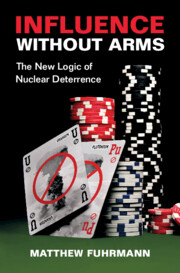This study examines the effects of contestation on individual norms that are embedded in larger norm clusters. We define norm clusters as collections of aligned, but distinct norms or principles at the center of a regime. Norm clusters include multiple norms that can be insulated from contestatory challenges by degrees of cohesion, institutionalisation, and legalisation. While some constructivists argue that the most important dynamic to study is ‘robustness’ of individual norms, we contend that ‘resiliency’ of norm clusters offers a richer assessment of prospects for international cooperation and long-term impact on state behaviours. Thus, this study distinguishes conceptually between different structural layers that can generate various effects in conjunction with norm contestation. We add a third, or intervening layer of explanation with norm clusters, between the intersection of norms (lowest layer) and normative structures (broadest layer). To explore this argument, comparative case studies examine the resiliency of two prohibitionary norms – the nuclear disarmament norm within the non-proliferation regime and the norm banning assassination of foreign adversaries, which is not embedded in a regime structure. While the robustness of individual norms may be challenged, our results suggest a role for resilient structures in promoting overall longevity of norm clusters.
